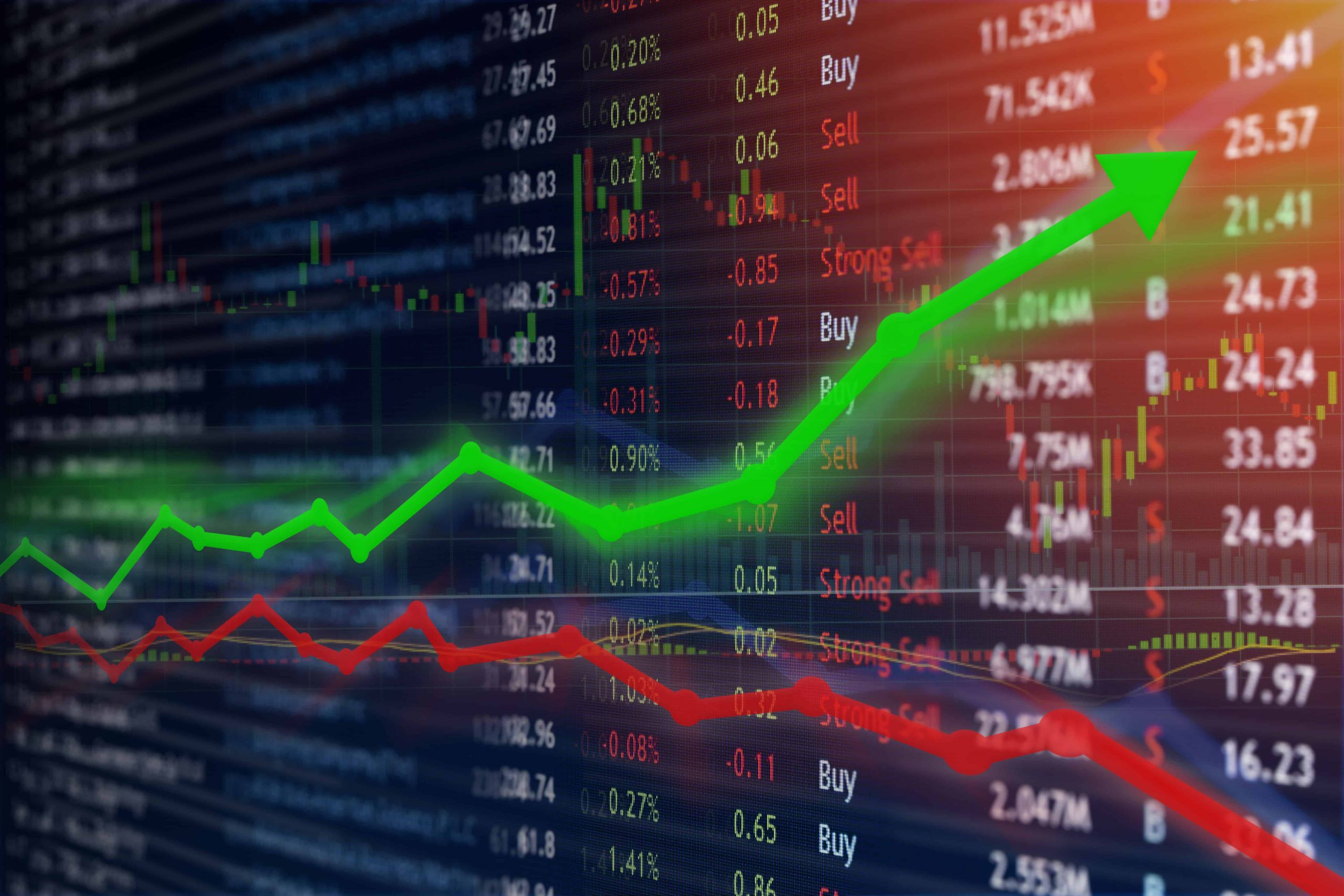When it comes to investing, it can feel like you’re navigating a treacherous mountain pass. You know the potential rewards are great, but one misstep… and you could lose big time. In order to fully understand the risk versus reward when it comes to trading, you will want to get in touch with a professional. However, another good place to start is with knowledge. If you don’t understand how to balance risk with return effectively, reaching your financial goals might remain an elusive dream. Navigating this investment strategy isn’t easy, but it’s definitely doable.
Understanding the Risk-Return Tradeoff
The risk-return tradeoff is a core concept in investment. It proposes that potential returns rise with an increase in risk, shaping how investors manage their portfolios. They consider factors like tolerance for risk, time until retirement, and capacity to recover lost funds.
Role of Time in Determining Risk and Reward
In investing, time plays a crucial role when it comes to both risks and rewards. Having a longer investment horizon can allow for greater resilience to market fluctuations, while also providing more opportunity for recovery from any losses.
This principle guides younger investors towards higher-risk investments as they have ample years ahead to recoup losses if needed. As one approaches retirement, they tend to lean towards investments with less risk such as bonds or fixed-income securities. These types of options offer steady returns without too much exposure to market fluctuations.
Diversification to Reduce Individual Investment Risks
Diversifying your portfolio can be an effective way of mitigating individual investment risks. By spreading capital across different asset classes or sectors, you create a safety net that can cushion your investments from market volatility.
If you possess a lot of tech stocks that have begun to struggle due to market fluctuations, diversifying into other industries may help offset these declines. Similarly, if you suspect that equity performance generally is not going to do well, you can look at other assets like bonds or a commodity like gold.
Assessing High-Risk Investments
There are higher-risk investments like penny stocks and leveraged ETFs which offer potentially greater returns. However, they also carry increased levels of risk not suitable for every investor profile. Penny stocks typically refer to shares priced below $5 from smaller public companies traded on over-the-counter markets rather than major exchanges. They often attract investors because of their low cost; however, they pose significant risks including lack of liquidity and susceptibility to price manipulation owing to lower trading volumes.
When considering leveraged ETFs, they can have derivatives along with the use of debt aiming at amplified returns compared with underlying index performance. While enticing during bull markets due to its magnified profit potential, bearish trends can lead to steep losses surpassing initial investment amounts. This makes it unsuitable for conservative portfolios targeting steady growth over long-term periods.
Assessing Cumulative Risks for Long-Term Returns
An understanding of cumulative risks becomes critical when aiming for long-term returns on your complete suite of investments. This involves considering how each asset behaves relative to others under varying market conditions.
- Cumulative Risk Assessment – Calculating correlations and preferred volatility among all assets using statistical methods like standard deviation provides insight into how much one asset’s price moves compared to another’s. This insight is essential information when attempting to minimize overall volatility without sacrificing expected returns.
- Diversification Strategies – Investors may consider incorporating alternative unrelated investments such as bonds into their portfolios. This can further reduce exposure to downside stock market trends.
- Risk Management Considerations – Beyond just analyzing numerical data, it’s important to also take into account qualitative factors. These include individual risk tolerance, economic outlook, and geopolitical events that could influence the future performance of various holdings within an investor’s collection.
FAQs in Relation to Risk-Return Tradeoff Investing
What is the risk-return trade-off in investing?
The risk-return tradeoff in investing refers to the principle that potential returns on investment increase with an escalation in risk. Higher-risk investments tend to have the potential for higher returns and losses.
What is an example of a risk-return trade-off in real life?
A real-life example of a risk-return tradeoff would be choosing between safe government bonds or volatile stocks. Federal bonds are guaranteed by the taxing authority of America, versus corporate bonds which are guaranteed by corporate earnings. Since corporate bonds have a higher risk of default, they typically yield higher levels of returns.
To Sum Up
In conclusion, navigating the landscape of investing requires a keen understanding of the risk-return tradeoff. It’s a balancing act – taking on enough risk to achieve potentially greater returns while minimizing the chances of catastrophic loss. The principles of risk management extend not just to individual investments, but also to the broader composition of an investment portfolio. It is important to take into account both numerical data and qualitative factors that could affect the performance of your investments. While investing can indeed be compared to traversing a perilous mountain pass, the path becomes less daunting when armed with the right knowledge, guidance, and strategies. By mastering the principles of risk-return tradeoff, you can make confident, informed decisions that could propel you towards your financial goals! Educating yourself before talking to an expert.



